Racing an Arizona Senator’s Retirement, Dry Navajo Nation Draws Closer to Securing More Water
The largest reservation in the U.S. has one of the nation’s highest poverty rates and very little water infrastructure. Many residents pay nearly 50 times the municipal cost for water, which is delivered from a tank in the back of a truck, often resulting in water-borne intestinal illnesses.
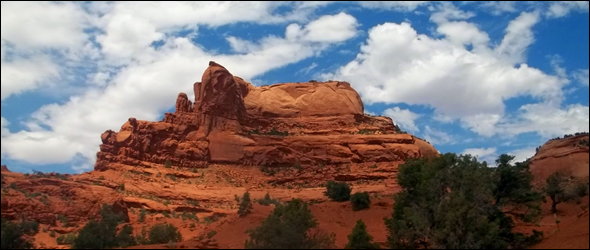
By Dan Killoren
Special to Circle of Blue
The Navajo Nation — which spans a 70,000-square-kilometer (27,000-square-mile) stretch of mesa, sand, and canyons in parts of New Mexico, Utah, and northern Arizona — is the largest and, arguably, the driest American Indian reservation in the United States. Though the Colorado River serves as the reservation’s western border and the Little Colorado River runs almost directly through its center, water is so scarce and inaccessible that some 40 percent of the tribe’s 190,000 residents have no potable supply, and many receive their water out of the back of trucks.
Now, with the help of veteran Arizona Senator Jon Kyl, a Republican and one of Capitol Hill’s senior experts on water law, Navajo leaders and their lawyers appear to be steadily inching closer to a long-awaited legal settlement to draw millions of gallons of water for the reservation from the Little Colorado River.
The settlement would be the 27th Indian water-rights agreement to reach completion since the federal government began negotiating water rights with tribes in the 1970s, during the Carter administration. Like the others, the Little Colorado River agreement has followed years of intense mediation and legal negotiation by this western tribe, other water users, and the U.S. Department of the Interior.
While all parties are reporting steady progress, the final agreement, which requires Congressional passage, is not assured, largely because of an approaching and crucial political deadline. Earlier this year Kyl, who has helped guide several Indian water-rights settlements through Congress, announced that he will not run for a fourth Senate term in 2012. Thus, Navajo leaders and their attorneys are racing to submit the Little Colorado agreement to Congress by early next year, so that Kyl has sufficient time to make the case to his colleagues before he leaves office in January 2013.
Through aides in his office in Washington, D.C., Kyl declined to be interviewed for this article. He has made it clear in earlier public statements, however, that he is intent on reaching this goal of a final agreement before he retires.
Reserved Rights Doctrine
The Little Colorado River settlement seeks to resolve the Navajo Nation’s water rights under an evolving school of water law that starts with the federal “reserved rights” doctrine. This legal principle was first described in a 1908 U.S. Supreme Court decision for Winters v. U.S. , involving water rights for the Fort Belknap Reservation in Montana. In deciding with the plaintiff, the high court held that American Indian tribes have a right to the water that was available when the federal government had initially established the reservation and that reservations have a federally “reserved right” to sufficiently meet both current and future water needs.
More than half a century later, in the 1963 case of Arizona v. California, the Supreme Court determined that American Indian reservations are entitled to enough water to irrigate every acre on a reservation that is practicable for agriculture. In water law circles, this is known as the “practicably irrigable acreage” (PIA) standard.
Then, in 2001, the measurement standard was broadened by the Arizona Supreme Court, which concluded that agriculture is not the only means for determining the quantity of water that a tribe should receive, since water is also needed for other purposes on a reservation. The state court’s decision was particularly applicable for the Navajo Nation, where large expanses of the reservation are not suitable for agriculture.
Dry Nation Poorly Served
Both the Little Colorado River and the Colorado River settlement proposals represent years of legal negotiations, aimed at securing a long-term source of domestic water for the Navajo Reservation. For many residents, water is delivered not through a pipe and a faucet, but rather from a water tank in the back of a truck. The health costs that accompany this form of water delivery are high, say tribal officials, and often result in water-borne intestinal illnesses, caused by drinking contaminated water.
Indeed, hauling water is also economically crippling.
A 2006 water-pricing analysis by the tribe found that 3,800 liters (1,000 gallons) of hauled water carried a price tag of $US 133, compared to $US 2.73 for the same quantity of water that was delivered directly to homes via water infrastructure in nearby Flagstaff, Arizona. The high price of water is a contributing factor to the reservation’s high poverty rate — more than 40 percent — which is among the highest in the country.
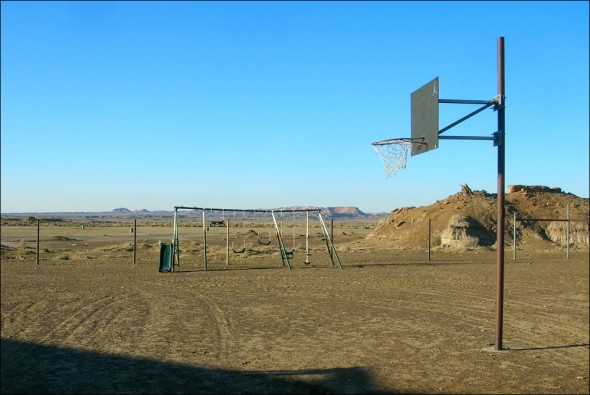
There is little dispute that Navajo leaders need Senator Kyl’s help, and that reservation residents need more water.
The annual municipal water consumption on the Navajo Reservation is approximately 15 million cubic meters (3.9 billion gallons, or 12,000 acre-feet), according to tribal figures. How much water individuals use depends on whether or not they are tapped into one of the reservation’s municipal water supplies, so daily per capita water use ranges between 38 to 380 liters (10 to 100 gallons). By comparison, the average per capita use for 80 neighboring non-Indian communities in the western United States is 720 liters (190 gallons) per day.
Tribal officials anticipate the reservation’s population to double by mid-century. Likewise, they also anticipate that per capita water demand could increase to 605 liters (160 gallons) per day. If that occurs, the Navajo Reservation’s annual water demand will experience a seven-fold increase to 110 million cubic meters (29 billion gallons, or 89,000 acre-feet) by 2040.
More Water From the Little Colorado
The Little Colorado settlement would provide the Navajo with access to all of the water in the river that has not previously been appropriated for other uses, particularly for agriculture. The Little Colorado — which starts in the mountains of northeastern Arizona and flows northwest for 505 kilometers (315 miles) until it reaches the Colorado River — has an annual flow of 200 to 245 million cubic meters (52 billion to 65 billion gallons, or 162,000 to 198,000 acre-feet), according to the Arizona Department of Water Resources.
— Stanley Pollack
Tribal Attorney
2009 Navajo San Juan River Basin Settlement
Though the precise level of unappropriated water in the Little Colorado has not been determined, the settlement may provide the Navajo with thousands of acre-feet of water annually, according to several estimates.
The settlement also calls for approximately $US 200 million in federal funding for new wells, pumps, and pipes to produce and transport water from two groundwater projects that would increase the domestic water infrastructure for the southwestern part of the reservation.
Much of the reservation, though, is also in need of a long-term solution to assure an adequate supply of water. In November 2010, the Navajo Nation Council, the tribe’s top policy-making panel, approved a water-rights agreement that would provide the tribe with 38 million cubic meters (10 billion gallons, or 31,000 acre-feet) of water from the Colorado River.
In March, however, Senator Kyl alerted the tribe that, because the agreement required a $US 500 million federally financed pipeline to transport the water from the river to tribal homes and businesses, it would not gain sufficient support in a Congress that is determined to cut federal spending.
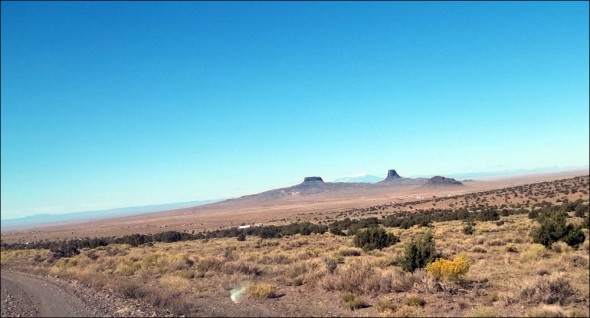
“It’s always a challenge, but being able to build on prior settlements is helpful,” said Stanley Pollack, a tribal attorney, who is assured that the Little Colorado River settlement can be completed before Senator Kyl retires in 2013.
Pollack was instrumental in getting the Navajo San Juan River Basin Water Rights Settlement through Congress in 2009, which resolved the Navajo’s claims to another major tributary of the Colorado River, the San Juan River. The settlement included a $US 1 billion project, currently under construction, that will deliver water from the San Juan River through 420 kilometers (260 miles) of pipes and 24 pumping plants to the Navajo Nation and non-Indian residents around Gallup, New Mexico, and Window Rock, Arizona.
Dan Killoren is an independent water rights and policy consultant based in San Diego. Reach him at dankilloren@mac.com. Keith Schneider, Traverse City-based senior editor for Circle of Blue, contributed to this report. Contact Keith Schneider
Jeremy Jackson is a high school student in Grants, New Mexico. He is of the Red Running Into Water and Salt Clan, and was also born into the Tower House People. He is also Mescalero Apache.
Do you have a Water Law story suggestion? Are you an attorney or a law student and want to write for Water Law? Want to learn how you can become a Water Law sponsor? Email us at waterlaw@circleofblue.org and follow our new @WaterLaws account on Twitter.
Circle of Blue provides relevant, reliable, and actionable on-the-ground information about the world’s resource crises.


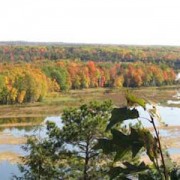


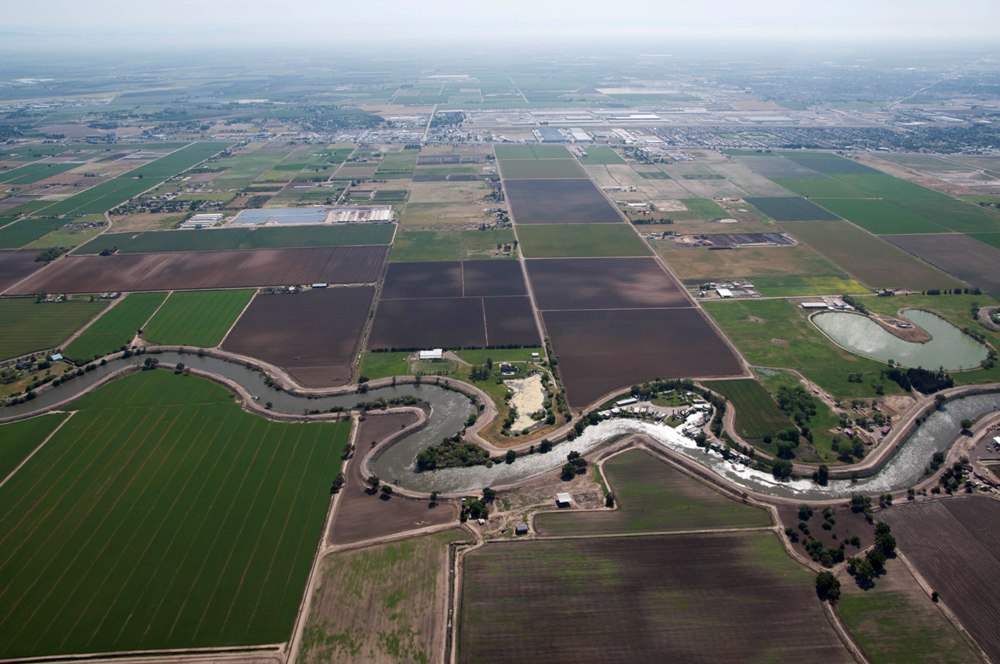


Dear Sire/Ma’am,
I read with great interest the article and learned a lot about the issues.
As per some data at Colorado River Basin Study, approximately 1.6 million acre-ft per year of the waters of Colorado River is lost to evaporation. Perhaps a Floatovoltaics scheme (floating solar array system) can be conceived and implemented as appropriate, to save some waters which than can also be shared with the tribes/Nations.
I have broached the general issue of reducing evaporation with USBR, MWDSC and SCE. Maybe the Senator’s office is interested in learning about the concept in the least.
Any thoughts at your end? Please share.
With sincere thanks,
Kiran R. Magiawala PhD
Retired Engineer, Citizen Scientist and Volunteer
Hawthorne, California
To all concerned,
As the global water crisis increases, we must look at long-term solutions. There is only so much water that can be diverted from sources like the Little Colorado River.
I think we must tackle consumption first. Water is being used irresponsibly all around the world, but especially in the United States and Europe. Water here in Maine is bottled and sold back to us at 1,000 times the cost of tap water. There is little incentive for low-flow appliances. We flush drinking water down our toilets. We must raise awareness, because people who have water do not consider their wasteage, and those without have poor solutions for access, in a world governed by corporate profit interests.
Is rainwater catchment an option? Should Kyl focus on sponsoring legislation that would incentivize reduction of water consumption and water technologies that support ecologically responsible community development?
The longer we treat water as property, to be siphoned off to the highest bidder, the longer we suppress the true nature of water, as an element essential for all life.
I think there is great potential here, for this community of people, to form a mutually beneficial barter agreement with another community of people who are more water rich. There are tribes in other areas of the country, Maine included, who have the similarly high rates of poverty and unemployment. This exchange may create less dependence on those who are charging money for water, provide a positive purpose for members of multiple indigenous groups, and foster cooperation. I believe, for example, that there are medicines from the southwest that cannot be found elsewhere. Perhaps that would be one of a few possible items of exchange.
Now is the time to begin to develop these systems, because the situation is only getting more dire. And it must be done without the filter of those who want to profit off of water, or anyone’s basic needs for survival. Will Kyl support such a system?